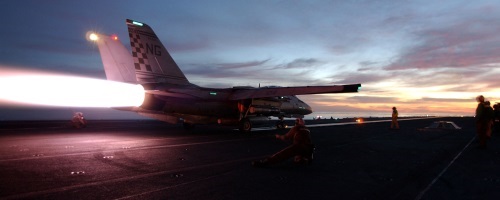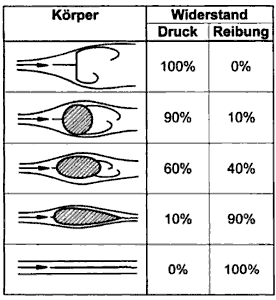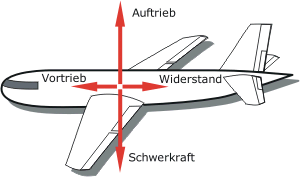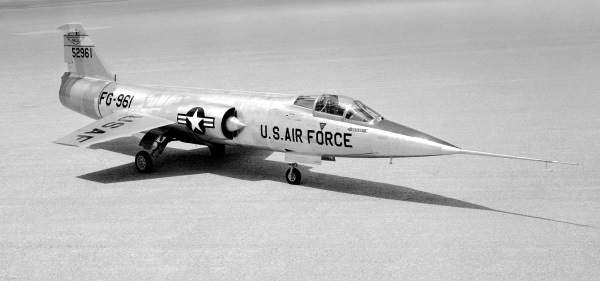Basics of Aerodynamics
| Site: | Open Flight School |
| Course: | Theory Basic Course |
| Book: | Basics of Aerodynamics |
| Printed by: | Guest user |
| Date: | Tuesday, 23 December 2025, 8:55 PM |
Gravity
Gravity and its impact are known by everyone and are the easiest to understand. Gravity attracts all objects to the ground. When you hold an object in your hand and drop it, you see the effect of gravity right in front of you.
Image: Frits Ahlefeldt CC BY-NC-ND 2.0, Link
Without gravity, the objects would float around. This can be seen, for example, when taking pictures from the ISS space station.
To lift an object from the ground, a force is required. The magnitude of this force depends on the mass of the object. For example, lifting a full water tank requires more force than lifting an empty water tank.
The force that causes an airplane to raise from the ground is called lift. We'll discuss how it's generated later. But first we have to take a closer look at propulsion.
Propulsion
Due to propulsion (or thrust), the aircraft moves forward. The higher the propulsion, the faster the aircraft becomes, i.e. the higher the speed.
The thrust is generated by the propeller or turbine of the aircraft. How a propeller and a turbine work exactly is explained later in special sections.

Without propulsion, the aircraft wing cannot develop any lift effect. How this works is explained on the next page.
Lift
The aircraft is pushed forward by propulsion. This causes air to flow around the aircraft wing. The special shape of the wing ensures that the air flowing around the wing on the upper side is accelerated.

Picture: Kraaiennest, License: CC BY-SA 3.0, Link
This creates a reduced pressure on the top of the wing. The wing is thus pushed upwards from the higher pressure beneath, creating lift. If the speed is increased, the lift also increases. But the lift can also be increased by changing the wing profile (e.g. by extending the landing flaps). This allows you to compensate for reduced speed (and consequently reduced lift from airflow).
The shape of the fuselage also has a considerable influence on lift. You can see this immediately when you look at an F-104 with very short wings:
There are also wing shapes that are not constructed as described above. In fighter aircraft and aerobatic aircraft, the lift is not increased by the wing shape to allow manoeuvres such as inverted flight.
Drag
When an object is moved through the air, it must displace the air.
If you move your hand quickly through the air, you hardly feel any resistance. If you hold your hand in the air while riding a bicycle or even a car, you will feel the air resistance much more clearly.
This shows that air resistance increases with higher speed.
But also the shape has a significant influence on the resistance. If you hold the palm horizontally out of the window, the resistance is smaller than if you place it vertically.

Picture: Bergdohle, License: Public Domain, Link
Of course the shape of the aircraft has a big influence on the resistance. It is logical that large transport aircraft have a much greater drag than a slim fighter aircraft.
But also an extended landing gear, mounted weapons or extended airbrakes increase the drag. This will reduce the airplane's speed / range.


